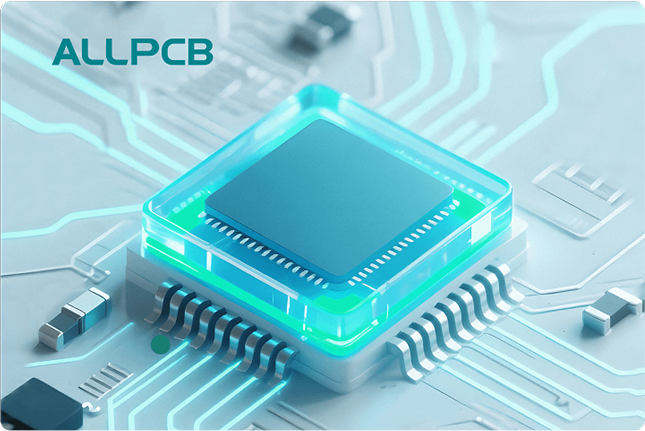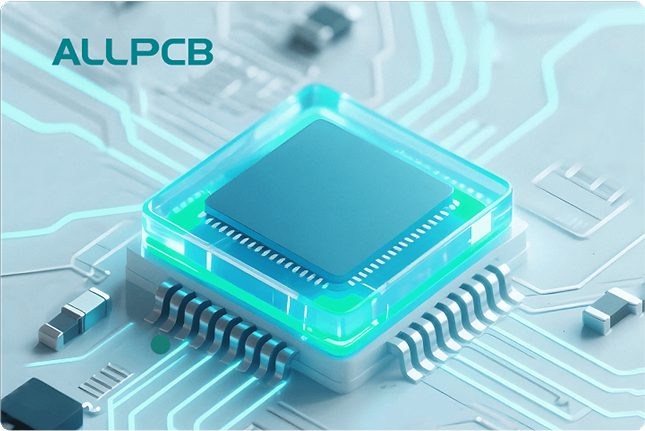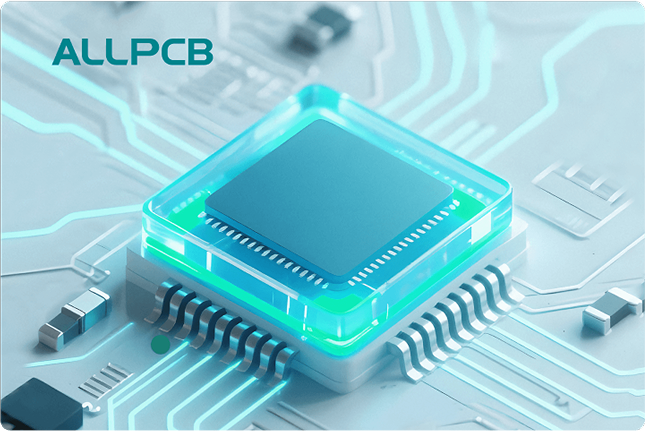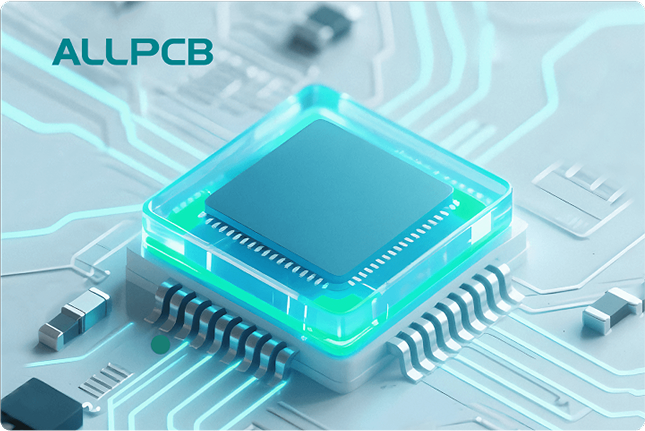When it comes to designing a printed circuit board (PCB), choosing the right terminal block is crucial for ensuring reliable connections, safety, and performance. Terminal blocks serve as the bridge between your PCB and external wiring, making them an essential component in many electronic applications. If you're wondering how to select the perfect terminal block for your project, you've come to the right place. This guide will walk you through key factors like PCB terminal block spacing, PCB terminal block current rating, PCB terminal block voltage drop, PCB terminal block mounting options, and PCB terminal block wire size to help you make an informed decision.
Whether you're an engineer working on a complex industrial system or a hobbyist building a small circuit, understanding these aspects will ensure your design is both efficient and durable. Let’s dive into the details of selecting the best terminal block for your PCB.
What Is a PCB Terminal Block and Why Is It Important?
A PCB terminal block is a modular connector that allows secure and reliable connections between a PCB and external wires without the need for soldering. These components are widely used in industries like automation, power systems, and consumer electronics to facilitate easy assembly, maintenance, and troubleshooting.
The importance of selecting the right terminal block cannot be overstated. A poorly chosen terminal block can lead to issues like loose connections, overheating, or even system failure. By focusing on the specific requirements of your project—such as current and voltage needs, wire compatibility, and mounting constraints—you can avoid these pitfalls and ensure long-term reliability.
Key Factors to Consider When Selecting a PCB Terminal Block
Selecting a terminal block for your PCB involves evaluating several technical specifications and design constraints. Below, we break down the most critical factors to guide you through the process.
1. PCB Terminal Block Spacing (Pitch)
The spacing, or pitch, of a PCB terminal block refers to the distance between the centers of adjacent connection points (pins or terminals). This measurement is critical because it determines how much space the terminal block will occupy on your PCB and whether it can accommodate the wiring layout of your design.
Common pitch sizes for PCB terminal blocks range from 2.5 mm to 10.16 mm or more, depending on the application. For instance, smaller pitches like 2.54 mm or 3.5 mm are ideal for compact designs in consumer electronics, while larger pitches such as 7.62 mm or 10.16 mm are often used in industrial applications where higher currents and thicker wires are involved.
Choosing the right pitch also impacts the ease of wiring and the risk of short circuits. A pitch that’s too small for your wire size can make connections difficult and increase the chance of errors during assembly. Always match the pitch to your PCB layout and ensure it aligns with the space available on your board.
2. PCB Terminal Block Current Rating
The current rating of a terminal block indicates the maximum amount of electrical current it can safely carry without overheating or degrading. This is one of the most important specifications to consider, as exceeding the current rating can lead to thermal issues, melting, or even fire hazards.
Current ratings for PCB terminal blocks can vary widely, from as low as 2 amps for small signal applications to over 65 amps for high-power systems. For example, a terminal block with a 10-amp rating might be suitable for a low-power LED circuit, while a 50-amp rating could be necessary for industrial motor controls. Always check the manufacturer’s datasheet for the exact rating and consider a safety margin of at least 20-30% above your expected current load to account for surges or environmental factors.
Additionally, the current rating is often tied to the wire size and terminal design. Using a terminal block with a high current rating but pairing it with undersized wires can still result in overheating. Ensure all components in the circuit are compatible with the expected current.
3. PCB Terminal Block Voltage Drop
Voltage drop refers to the reduction in voltage that occurs as current flows through the terminal block due to its internal resistance. While terminal blocks are designed to minimize voltage drop, it’s still a factor to consider, especially in high-current or precision applications where even a small loss can affect performance.
In general, a well-designed terminal block should have a negligible voltage drop, often in the range of a few millivolts under normal operating conditions. However, factors like poor contact, corrosion, or using a terminal block beyond its rated capacity can increase this drop. For instance, a terminal block rated for 600 volts might experience a measurable voltage drop if the connections are not properly tightened or if the material quality is substandard.
To minimize voltage drop, opt for terminal blocks made from high-conductivity materials like copper alloys and ensure proper installation. If your application is sensitive to voltage fluctuations, consider testing the terminal block under load to measure the actual drop before finalizing your design.
4. PCB Terminal Block Mounting Options
The way a terminal block is mounted on a PCB can significantly affect both the design and functionality of your circuit. There are several mounting options available, each suited to different applications and assembly processes. Here are the most common types:
- Through-Hole Mounting: This traditional method involves inserting the terminal block’s pins through holes in the PCB and soldering them in place. It offers a strong mechanical connection and is ideal for applications where durability is key. However, it can be time-consuming during assembly.
- Surface-Mount Technology (SMT): SMT terminal blocks are soldered directly onto the surface of the PCB, making them suitable for automated assembly and compact designs. They are less robust than through-hole options but save space and are faster to install in mass production.
- Pluggable Terminal Blocks: These allow for easy disconnection and reconnection of wires without soldering. They often use a combination of through-hole or SMT mounting for the base and a removable plug for wiring, offering flexibility for maintenance or upgrades.
Your choice of mounting option will depend on factors like the expected mechanical stress, production volume, and ease of maintenance. For high-vibration environments, through-hole mounting provides better stability, while SMT is more suitable for high-density, automated PCB designs.
5. PCB Terminal Block Wire Size Compatibility
Wire size compatibility is another critical factor when selecting a terminal block for your PCB. The terminal block must accommodate the gauge of wire you’re using to ensure a secure connection and prevent issues like overheating or signal loss.
Wire sizes are typically measured in American Wire Gauge (AWG), with smaller numbers indicating thicker wires. PCB terminal blocks often specify a range of compatible wire sizes, such as 20-6 AWG for high-current blocks or 28-16 AWG for smaller signal connections. For example, a terminal block rated for 20-6 AWG can handle wires from thin 20-gauge (0.81 mm diameter) up to thick 6-gauge (4.11 mm diameter) wires, making it suitable for power applications.
Using a wire that’s too small for the terminal block can result in a loose connection, while a wire that’s too large may not fit or could damage the terminal. Always verify the wire size range in the terminal block’s specifications and match it to your project’s wiring needs. Additionally, consider whether the terminal block accepts solid, stranded, or both types of wire, as this can affect the connection method and reliability.
Additional Considerations for PCB Terminal Block Selection
Beyond the core factors discussed above, there are a few other considerations to keep in mind to ensure you select the best terminal block for your application.
Material and Environmental Durability
The material of the terminal block plays a big role in its performance and longevity. Most terminal blocks are made from insulating materials like polyamide or polycarbonate for the housing, with conductive parts made of copper or brass alloys for good electrical performance. If your PCB will be exposed to harsh conditions like high humidity, extreme temperatures, or corrosive environments, look for terminal blocks with enhanced durability, such as those with UL94 V-0 flammability ratings or IP-rated enclosures for dust and water resistance.
Connection Method
Terminal blocks come with different connection mechanisms, such as screw clamps, spring clamps, or push-in connectors. Screw clamps are the most common and provide a secure connection but require more time for installation. Spring clamps and push-in designs offer faster assembly and are often used in applications where frequent wiring changes are expected. Choose a connection method that balances ease of use with the reliability needed for your project.
Number of Positions
The number of connection points, or positions, on a terminal block should match the number of wires you need to connect. Terminal blocks are available in configurations ranging from 2 positions to over 24 positions. For compact designs, you might opt for a smaller block with fewer positions, while larger systems may require multi-position blocks or modular designs that can be stacked together.
How to Match Terminal Block Specifications to Your PCB Design
Now that you understand the key factors, let’s put it all together with a step-by-step approach to selecting a terminal block for your PCB:
- Determine Electrical Requirements: Calculate the maximum current and voltage your circuit will handle. Add a safety margin to ensure the terminal block’s ratings exceed your needs.
- Assess Space Constraints: Measure the available space on your PCB and choose a terminal block with an appropriate pitch and size to fit your layout.
- Match Wire Size: Identify the wire gauge and type (solid or stranded) you’ll be using, and ensure the terminal block supports that range.
- Choose Mounting Style: Decide whether through-hole, SMT, or pluggable mounting best suits your assembly process and durability needs.
- Consider Environmental Factors: Account for operating conditions like temperature, humidity, or vibration, and select a terminal block with suitable material and protection ratings.
By following these steps, you can narrow down your options and select a terminal block that perfectly aligns with your project’s requirements.
Common Mistakes to Avoid When Selecting a PCB Terminal Block
Even with careful planning, it’s easy to overlook certain details when choosing a terminal block. Here are some common mistakes to avoid:
- Ignoring Current and Voltage Ratings: Underestimating the electrical load can lead to overheating or failure. Always double-check the ratings and test under real-world conditions if possible.
- Mismatching Wire Size: Using wires outside the terminal block’s specified range can cause poor connections or damage. Verify compatibility before installation.
- Overlooking Mounting Constraints: Choosing a mounting style that doesn’t suit your PCB design or assembly process can lead to inefficiencies or mechanical issues.
- Neglecting Environmental Factors: Failing to account for temperature extremes or moisture can shorten the lifespan of the terminal block. Opt for durable materials when needed.
Conclusion: Make an Informed Choice for Your PCB Terminal Block
Selecting the right terminal block for your PCB is a critical step in ensuring the reliability and performance of your electronic design. By carefully considering factors like PCB terminal block spacing, PCB terminal block current rating, PCB terminal block voltage drop, PCB terminal block mounting options, and PCB terminal block wire size, you can create a secure and efficient connection system tailored to your project's needs.
Take the time to evaluate your electrical requirements, space constraints, and environmental conditions before making a decision. With the insights provided in this guide, you're well-equipped to choose a terminal block that enhances the functionality and durability of your PCB design. Whether you're working on a small prototype or a large-scale industrial system, the right terminal block can make all the difference in achieving a successful outcome.
 ALLPCB
ALLPCB







